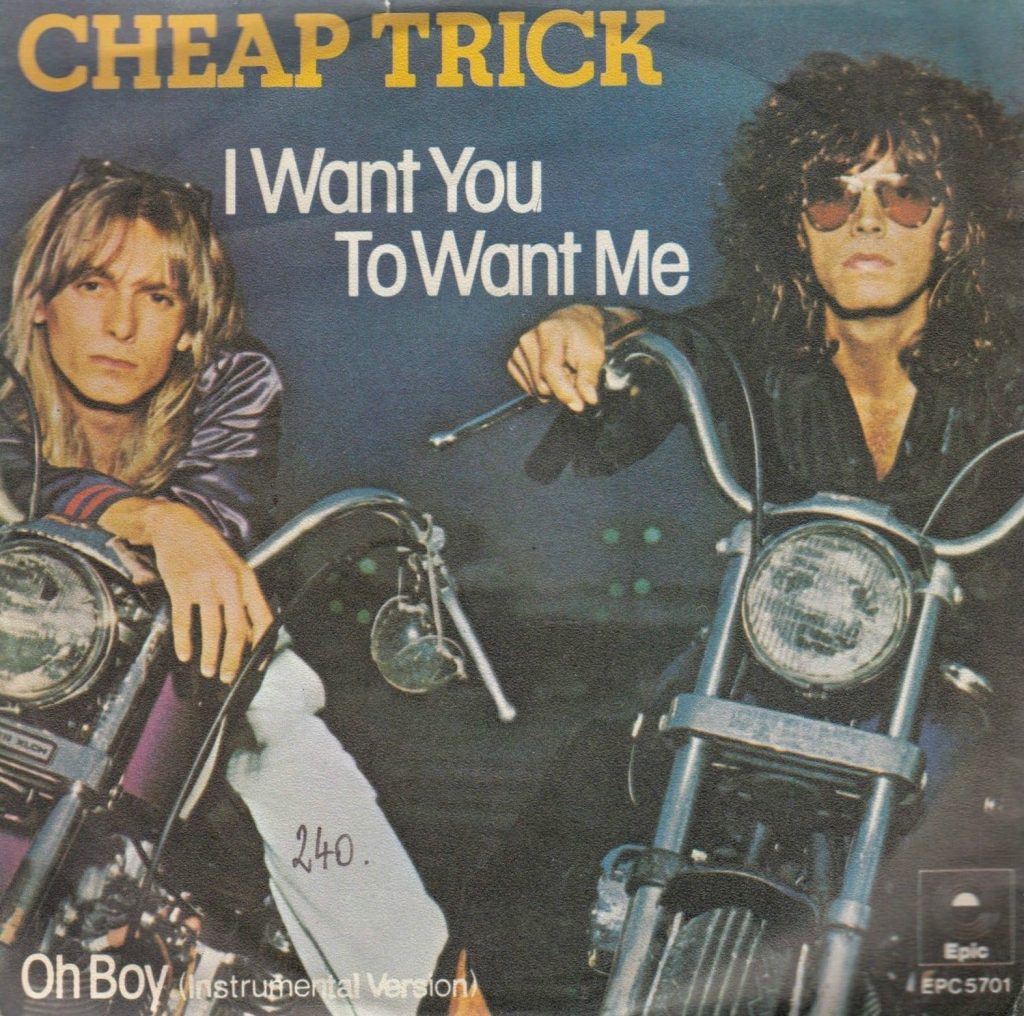
From Overlooked Studio Cut to Live Rock Anthem—The Journey of “I Want You to Want Me”
Some songs take time to find their moment. When Cheap Trick first released “I Want You to Want Me” in September 1977 on their album In Color, it didn’t ignite much interest. The studio version, polished and injected with a music hall bounce, felt too light, too distant from the raw energy of the band’s live performances. It wasn’t until eleven months later, when Cheap Trick released a live version from their breakthrough album, Cheap Trick at Budokan, that the song truly became a phenomenon.
The Budokan version, recorded in front of a ferocious Japanese audience, completely redefined the song. Gone was the bouncy, almost theatrical rhythm of the original; in its place was a harder, electrified performance, dripping with raw urgency and passion. That version rocketed up the charts, reaching No. 7 on the US Billboard Hot 100, No. 2 in Canada, and No. 1 in Japan—a place where Cheap Trick had already achieved near-Beatles-level adoration.
At its core, “I Want You to Want Me” is a plea for love, a desperate yet playful anthem of longing. The lyrics are simple, almost childlike in their repetition, yet there’s something deeply relatable about them. Everyone, at some point, has yearned for that kind of reciprocal love—a desire to be needed, to be missed, to be longed for with the same intensity that they feel inside.
But it’s not just the words that made the Budokan version immortal—it’s the way it was performed. Rick Nielsen’s sharp, biting guitar, Robin Zander’s soaring vocals, and Bun E. Carlos’ pounding drums transformed it into an electrifying moment in rock history. The now-famous crowd reaction, with fans screaming and singing along, only fueled the song’s anthemic status. It became the defining moment of Cheap Trick’s career, turning them from cult heroes into mainstream rock stars.
Over the decades, “I Want You to Want Me” has remained one of the most recognizable rock songs of all time. It’s been featured in countless films, TV shows, and commercials, ensuring that new generations continue to discover its infectious charm. More than just a hit, it stands as a testament to the power of live music, proving that sometimes, a song needs the right moment, the right stage, and the right audience to truly come alive.